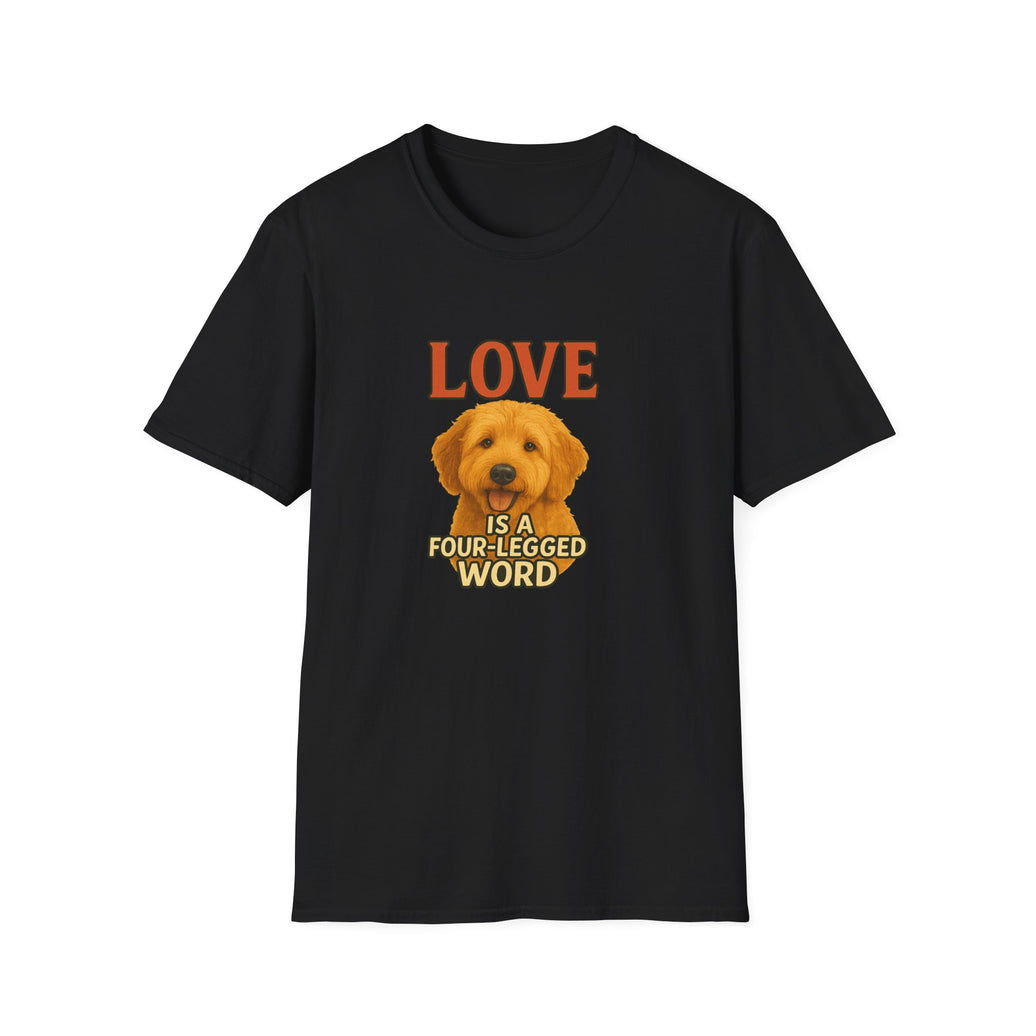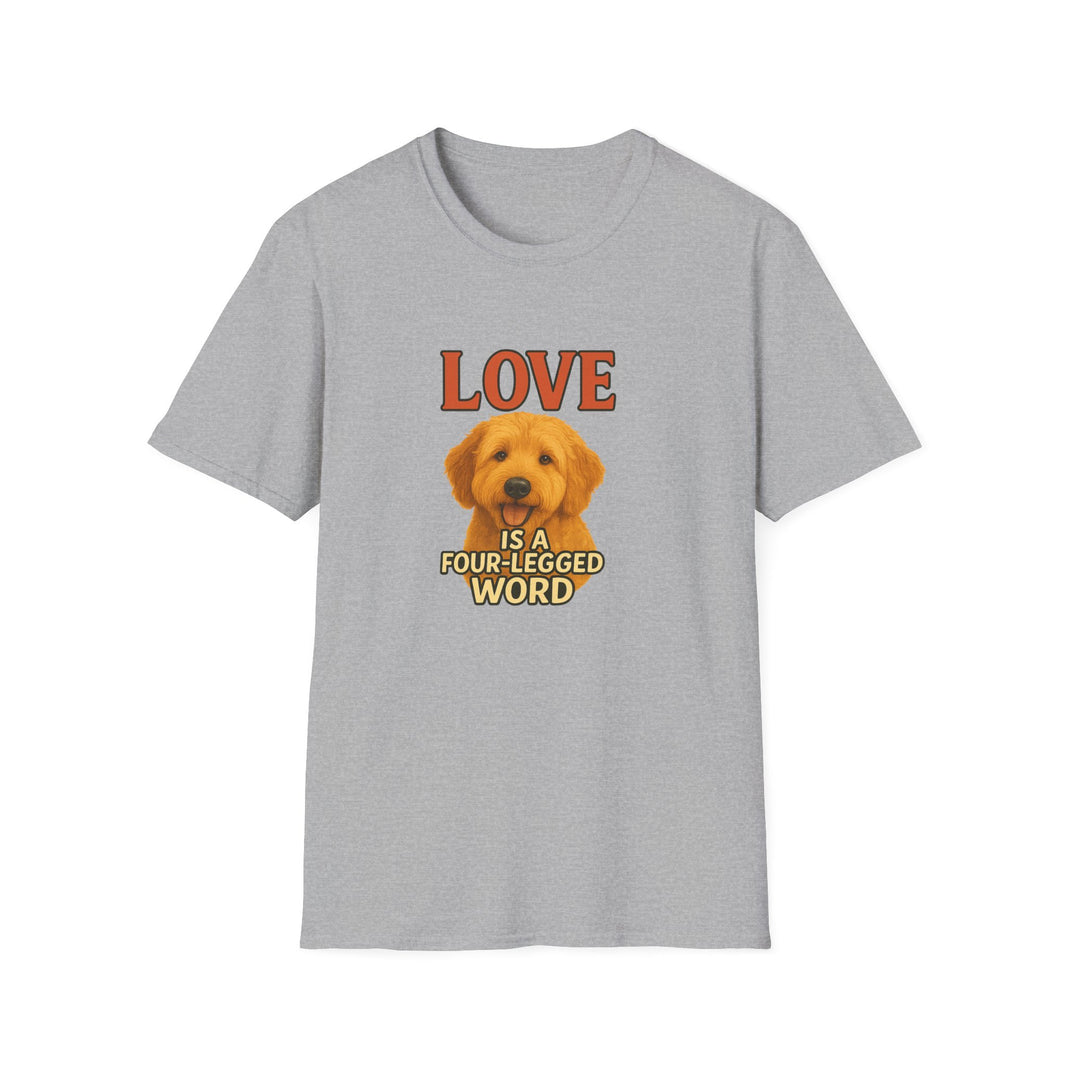Your One-Stop Shop for Everyday Essentials & Unique Finds
Mastering the Outdoors: Your Ultimate Guide on How to Stay Warm in Winter Outside
Winter might seem like a time to stay inside, but the outdoors still call to adventurers. Figuring out how to stay warm in winter outside is key to enjoying those crisp days. It's not about just surviving the cold, but actually thriving and making the most of the snowy landscapes. With a few smart strategies and the right gear, you can turn a chilly outing into a memorable experience. This guide will walk you through the best ways to keep the cold at bay.
Key Takeaways
- Master the layering system: Use a base layer to wick moisture, a mid-layer for insulation, and an outer layer for protection against the elements.
- Protect your extremities: Keep your head, hands, and feet warm with appropriate hats, gloves, socks, and insulated boots.
- Fuel your internal furnace: Stay hydrated with warm drinks and eat calorie-dense foods to keep your body producing heat.
- Stay active and utilize natural warmth: Move your body to generate heat and take advantage of sunlight whenever possible.
- Invest in quality gear: Proper sleeping bags, pads, and shelters are vital for comfort and safety in cold weather.
Mastering The Layering System For Winter Warmth
When the cold really bites, the secret to staying comfortable outside isn't just one big, bulky coat. It's all about building your warmth with a smart layering system. Think of it like a personal thermostat you can adjust on the fly. This approach lets you manage your body temperature whether you're hiking up a snowy trail or just standing around on a chilly job site.
The Essential Base Layer: Wicking Away Moisture
This is the layer that sits right next to your skin, and its main job is to keep you dry. When you start to sweat, even a little bit, this layer needs to pull that moisture away from your body. Cotton is a big no-no here because it soaks up sweat and stays wet, making you feel cold and clammy. Instead, look for materials like merino wool or synthetic fabrics. They're designed to wick moisture efficiently, so you stay comfortable even when you're working up a sweat.
The Insulating Mid Layer: Trapping Precious Heat
Once your base layer is handling the moisture, the mid layer is all about trapping your body heat. This is where you build up the cozy factor. Think fleece jackets, down vests, or synthetic insulated pullovers. The goal is to create pockets of warm air close to your body. You might even wear more than one mid-layer if it's really frigid, like a thin fleece under a puffy vest. The thickness and type of mid-layer you choose will depend on how cold it is and how active you'll be.
The Protective Outer Layer: Shielding From The Elements
This is your shield against the harsh winter weather. The outer layer needs to block wind and precipitation – think rain, sleet, or snow. A good waterproof and windproof jacket and pants are key. It's not just about staying dry from the outside; it also helps keep the warm air you've trapped with your inner layers from escaping. Look for features like adjustable hoods, cuffs, and a longer hem for extra protection. This layer is your final defense against the chill, making sure all your hard work with the base and mid layers pays off.
Keeping Your Extremities Toasty
When the temperature drops, your head, hands, and feet are the first to feel the chill. It's super important to keep these parts of your body covered and warm, not just for comfort, but for safety too. Think of them as your body's little radiators – if they get too cold, the rest of you will follow!
Warm Headwear For Maximum Heat Retention
Your head is a major heat-loss zone. Seriously, a lot of your body heat can escape from your noggin if it's not protected. That's why a good hat is a winter must-have. Whether it's a thick wool beanie, a fleece-lined cap, or a hood that comes with your jacket, make sure it fits snugly. You want something that traps heat but doesn't make you sweat too much, because, as we know, moisture equals cold.
Gloves And Mittens: Protecting Your Hands
Cold hands are no fun. They can make simple tasks feel impossible and, in extreme conditions, can lead to frostbite. Gloves are great for dexterity, letting you use your fingers for things like tying knots or using your phone. Mittens, on the other hand, are usually warmer because they keep your fingers together, sharing their warmth. A good strategy is to wear a thin liner glove inside a warmer outer glove or mitten. This way, if your hands get sweaty, you can swap out the liners for dry ones. Don't wait until your fingers are numb to put on your gloves; do it before you even feel the cold bite! For really frigid days, consider some heavy-duty snowmobile outerwear gloves.
Socks And Boots: The Foundation Of Foot Warmth
Your feet are another vulnerable area. Cold feet can make you miserable pretty quickly. The key here is layering your socks and wearing appropriate footwear. Thick wool socks are fantastic because they keep your feet warm even if they get a little damp. Avoid cotton socks at all costs – they hold moisture and make your feet colder. Make sure your boots are insulated and waterproof, and that they aren't too tight with thick socks, as this can restrict blood flow. If you're going to be out for a long time, carrying a spare pair of socks is a lifesaver. You'd be surprised how much better your feet feel with a fresh, dry pair! For those who spend a lot of time outdoors, checking out warm socks for hiking can make a huge difference.
Keeping your extremities warm isn't just about comfort; it's about maintaining circulation and preventing serious issues like frostbite. Covering up before you feel the cold is a game-changer.
Here's a quick rundown:
- Head: Always wear a hat or hood. A significant amount of heat escapes from your head.
- Hands: Use layered gloves or mittens. Swap out liners if they get damp.
- Feet: Opt for wool socks and insulated, waterproof boots. Carry a spare pair of socks.
Fueling Your Inner Furnace

When you're out in the cold, your body is working overtime just to stay warm. Think of it like a car engine – it needs the right fuel to keep running smoothly. Eating and drinking right can make a huge difference in how comfortable you feel.
Staying Hydrated With Warm Beverages
It might seem counterintuitive, but staying hydrated is just as important in the winter as it is in the summer. Your body still loses water through breathing and sweat, even when it's chilly. Drinking warm liquids is a double win: it keeps you hydrated and adds a little internal warmth. Think hot tea, coffee, or even just warm water. A thermos filled with your favorite hot drink is a game-changer for a long day outside.
- Herbal Teas: Soothing and warming, with lots of varieties to choose from.
- Hot Chocolate: A classic for a reason, provides a quick energy boost.
- Warm Broth or Soup: Hydrating and offers some electrolytes.
Keeping a warm drink handy can really boost your morale and physical comfort when the temperature drops.
Nourishing Your Body With Calorie-Rich Foods
Your body burns more calories in the cold just to maintain its temperature. So, you need to refuel with foods that give you sustained energy. Forget the light snacks; think hearty and calorie-dense. Fats and proteins are your friends here, as they take longer to digest and provide a steady release of energy. Warm meals are also fantastic because they contribute to your overall warmth.
Here are some ideas for calorie-rich snacks and meals:
- Nuts and Seeds: Packed with healthy fats and protein, easy to carry.
- Trail Mix: A customizable blend of nuts, seeds, dried fruit, and maybe some chocolate chips for an extra kick.
- Energy Bars: Look for ones with a good balance of carbs, protein, and fats.
- Hearty Soups or Stews: Perfect for a warm meal break, especially if you can prepare them ahead of time.
- Cheese and Crackers: A simple yet effective way to get some protein and fat.
Don't underestimate the power of a good meal to keep your internal furnace roaring!
Smart Strategies For Staying Warm
Even with the best gear, sometimes you need a little extra know-how to keep the chill at bay. It's all about working smarter, not just harder, when you're out in the cold. Think of these as your secret weapons against the frosty air!
The Power Of Movement: Generating Your Own Heat
Feeling that shiver creep in? The best way to fight it is to get your body moving. Your own body is a fantastic little furnace, and exercise is the fuel. Even simple activities can make a big difference. Try some jumping jacks, jog in place for a few minutes, or do some dynamic stretches like arm circles and leg swings. These aren't just for warming up; they're great for keeping your circulation going throughout the day. Remember, keeping blood flowing helps distribute warmth to your whole body, especially those fingers and toes that tend to get cold first.
Utilizing Sunlight For Warmth And Drying
Don't underestimate the power of the sun, even on a cold day! If you get a chance to bask in some rays, take it. Find a sunny spot to rest for a bit – it's a natural way to warm up. Plus, sunlight is amazing for drying out any damp gear. If your socks or gloves got a little wet, hanging them in the sun can work wonders. It's a simple trick that makes a huge difference in comfort and warmth.
The Magic Of Hot Water Bottles
This one's a classic for a reason. If you're settling down for the night or just need a cozy boost, a hot water bottle is your best friend. Just fill a sturdy, leak-proof bottle with hot (not boiling!) water, secure the cap tightly, and tuck it into your sleeping bag or under your jacket. It's like having a personal heater that lasts for hours. It’s a simple, comforting way to keep your core warm and fend off the deep chill.
Essential Gear For Cold Weather Adventures
When you're heading out into the winter wonderland, having the right gear isn't just about comfort; it's about making sure your adventure is safe and enjoyable. Think of your gear as your trusty sidekick, ready to handle whatever the cold throws your way.
Choosing the Right Sleeping Bag and Pad
Your sleeping bag is your personal cocoon against the cold night air. For winter trips, you'll want one rated for temperatures significantly lower than you expect. It's always easier to vent a warm bag than to shiver in one that's too light. Down insulation is fantastic for its warmth-to-weight ratio and compressibility, but it loses its magic when wet. Synthetic insulation is a great alternative if you anticipate damp conditions, as it keeps you warm even when it's a bit moist.
Don't forget the sleeping pad! This isn't just for comfort; it's a barrier between you and the freezing ground. An insulated pad, perhaps a closed-cell foam one topped with an inflatable pad, makes a huge difference in preventing heat loss.
Shelter Solutions For Winter Conditions
Your tent is your home away from home, and in winter, it needs to be a fortress against the elements. Look for a four-season tent designed to handle snow loads and strong winds. Good ventilation is key to managing condensation, which can make everything feel damp and cold. A ground tarp underneath your tent adds an extra layer of protection against moisture and ground cold.
Reliable Navigation and Safety Tools
Winter can transform familiar trails into unrecognizable landscapes with snow cover. Always carry reliable navigation tools. A map and compass are non-negotiable, and it's wise to practice using them before your trip. A GPS device is a helpful addition, but it should never be your only method of finding your way.
Beyond navigation, think about safety. A well-stocked first-aid kit, especially one prepared for cold-weather issues like frostbite, is a must. Don't forget a headlamp or small light, as winter days are short, and you might find yourself out after dark. Having the right gear means you can focus on the fun part – exploring! You can find some great options for cold-weather hiking gear to get you started.
Clever Tricks To Beat The Chill
Sometimes, even with the best gear, you need a little extra help to stay comfortable when the temperature really drops. Don't worry, there are some simple tricks that can make a big difference. It's all about being smart and using what you have to your advantage.
Embracing Chemical Warmers For Extra Heat
These little packets are like magic for your hands and feet. You just shake them up, and they start generating heat. They're great for slipping into gloves or boots when you know you'll be out for a while and your extremities tend to get cold first. They can provide a nice boost of warmth for several hours. Keep a few stashed in your pack, just in case.
Keeping Electronics Warm In The Cold
Cold weather is a battery killer, plain and simple. Your phone, camera, or GPS can die much faster when it's freezing. A simple trick is to keep them close to your body, like in an inside jacket pocket or even tucked into your sleeping bag at night. This helps maintain their battery life so they're ready when you need them. You can even store spare batteries this way.
The Importance Of Dry Socks
This one might seem obvious, but it's so important it's worth repeating. Wet socks are a fast track to cold, miserable feet. Even if you're just a little sweaty, that moisture can chill you to the bone. Always pack extra pairs of socks, preferably wool or synthetic, and change them if they feel damp. Having a dry pair ready to go is a game-changer for foot comfort. It's amazing how much better your whole body feels when your feet are warm and dry. Consider bringing a small, quick-drying towel to wipe your feet before putting on a fresh pair. This simple step can prevent a lot of discomfort and keep your adventure going strong. For really cold conditions, you might even consider heated socks as an extra layer of warmth.
Embrace the Chill!
So there you have it! Staying warm outside in the winter doesn't have to be a struggle. By layering up smart, keeping those extremities covered, and remembering to keep moving, you can actually enjoy the crisp air and beautiful snowy landscapes. Don't let the cold keep you cooped up inside. Get out there, explore, and make some awesome winter memories. You've got this!
Frequently Asked Questions
What's the most important thing to wear in the cold?
Layering is super important! Think of it like having a personal thermostat. You want a base layer to soak up sweat, a middle layer to keep you warm, and an outer layer to block the wind and rain. This way, you can add or remove clothes to stay comfy.
Why should I avoid cotton when it's cold?
Cotton is like a sponge for sweat. When it gets wet, it stays wet and makes you feel super cold. It's way better to wear materials like wool or special synthetic fabrics that help move sweat away from your skin.
How can I keep my hands and feet from getting too cold?
Your hands and feet are the first to feel the chill! Always wear warm socks and waterproof, insulated boots. For your hands, good gloves or mittens are a must. You can even use those little warming packets inside your gloves or boots for extra heat.
Is it important to drink when it's cold?
Yes, it's really important! Even when it's cold, you can still get dehydrated. Drinking warm drinks like tea or hot chocolate not only keeps you hydrated but also helps warm you up from the inside.
What should I do if I start feeling too cold?
If you're feeling chilly, the best thing to do is move! Gentle exercise like walking or even just stretching can get your blood flowing and generate body heat. Staying active is a great way to warm yourself up naturally.
How can I keep my electronics working in the cold?
Cold weather can make batteries die really fast. To help your phone or other gadgets last longer, keep them close to your body, like in an inside pocket or even in your sleeping bag at night. This keeps them a bit warmer.













Leave a comment